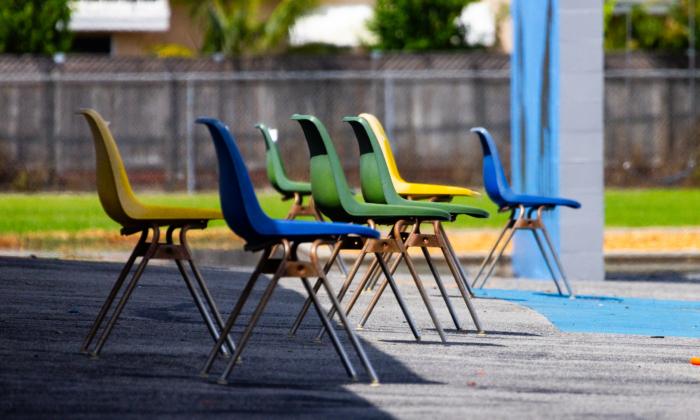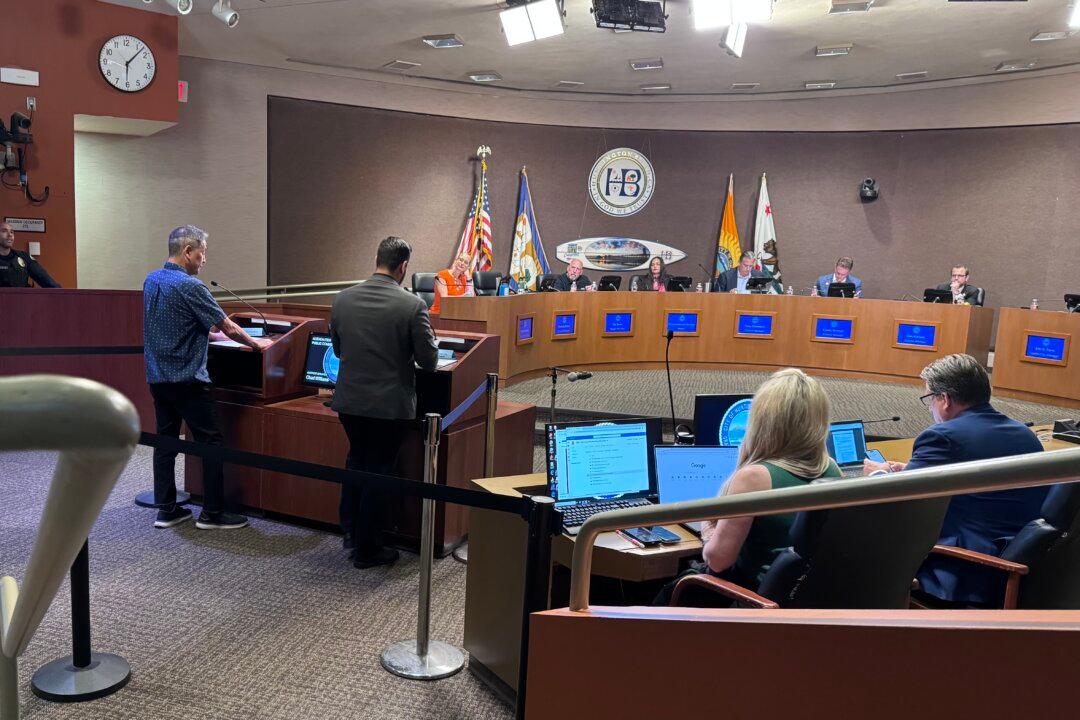More than 1.8 million students in California have become chronically absent since the COVID-19 pandemic, according to a recent report.
The study found a jump in chronically absent students to 1.8 million in the 2021–22 school year from 744,000 in 2018–19; 5.8 million K–12 students were enrolled in California in the 2021–22 school year.
That means the statewide rate of chronically absent students more than doubled to 30 percent in 2021–22 from 12.1 percent in 2018–19.
Education news website EdSource collaborated with Mr. Dee on the research by providing California chronic absenteeism data.
In the report, Mr. Dee said the analysis considered but ultimately dismissed COVID-19 pandemic restrictions—such as mask and vaccine mandates—as potential reasons for the spike in chronic absenteeism.
Illnesses may have made a small contribution to the rise in absences, he said, although “it’s not really wholly explaining it ... so the evidence is pointing to other substantive and enduring factors.”
Instead, Mr. Dee attributed the rise to a variety of factors, including access to transportation, academic engagement, and declines in youth mental health—also noting that the reasons are likely to differ from district to district based on demographics such as socioeconomic status, race or ethnicity, and age.
While significant investments have been made through state and federal aid to help students recover academically, Mr. Dee said the most important factor is keeping kids in school.
“The effectiveness of these investments relies in part on the expectation that students—particularly those that are most educationally vulnerable—can access these supports through consistent school attendance,” he stated in the report.

The district’s chronic absentee number nearly tripled to 33.7 percent in 2022 from 12.4 percent in 2019, according to EdSource.
“San Diego Unified is committed to identifying the root causes of chronic absenteeism and is working to implement solutions and strategies to support families so all students can regularly attend school and thrive,” a district spokesperson said in February.
Last summer, the district created 14 new positions, each tasked with reaching out to families, conducting home visits, and helping identify support or resources to get students back in school, according to the spokesperson.
Meanwhile, the state’s largest district, Los Angeles Unified, saw a chronic absenteeism rate of 40 percent in the 2021–22 school year.
In response, district Superintendent Alberto Carvalho developed an outreach campaign in which he—along with trustees, administrators, counselors, and staff—goes door-to-door to meet chronically absent students, talk with their families, and encourage them to return to school.
California’s twofold increase in chronic absenteeism follows a nationwide trend.
Mr. Dee’s report found that the rate of chronically absent students across the United States nearly doubled between the 2018–19 and 2021–22 school years—to about 28 percent from 15 percent, or to 13.6 million from 7.1 million.
Two days into the new school year, the district’s daily attendance rate is 92 percent, according to the tracker.







